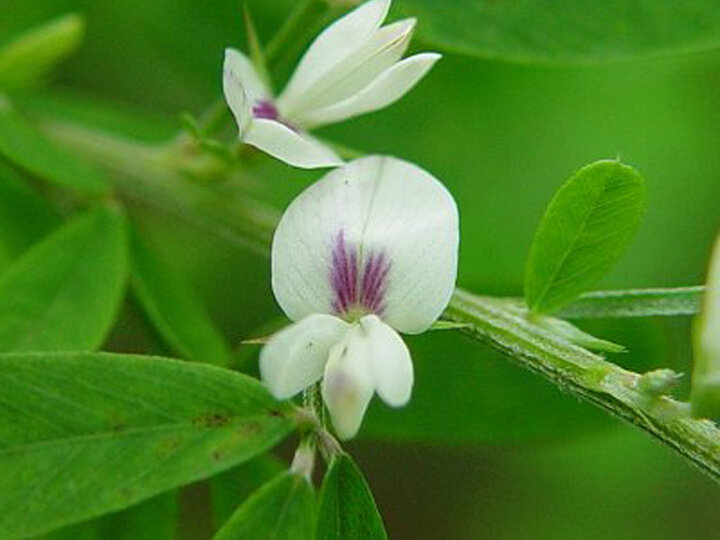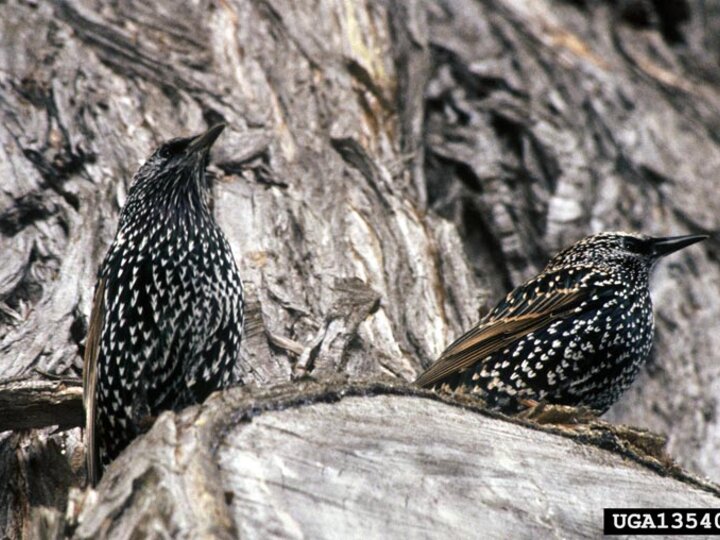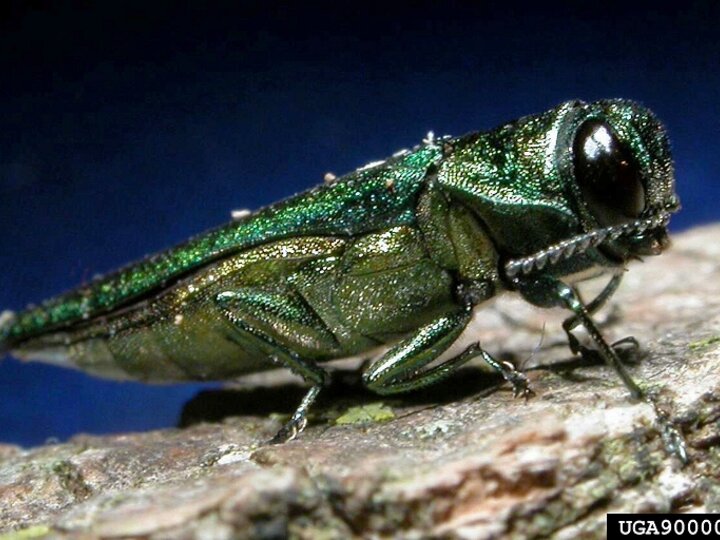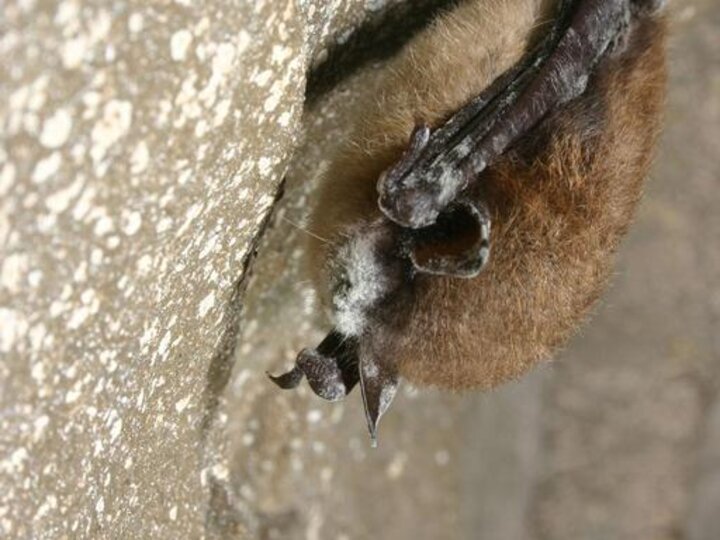Terrestrial invasive species are any exotic, nonnative, or new to the area plants, animals, insects, and other organisms that evolved to live on the land rather than in the water that cause economic or biological harm and are capable of spreading to new areas. Terrestrial invasive species do not include livestock, honey bees, domestic pets, intentionally planted agronomic crops, or nonnative organisms that do not cause economic or biological harm. In Nebraska, terrestrial habitats are forests and grasslands. With no natural enemies to keep their population in check and their ability to outcompete Nebraska’s native species for food and other resources, terrestrial invasive species can spread quickly.

Photo: Sericea lespedeza (Lespedeza cuneata). Credit: Dan Tenaglia, Missouriplants.com, Bugwood.org
Animals
(mammals, birds, reptiles, and amphibians)

Photo: European starling (Sturnus vulgaris). Credit: Lee Karney, US Fish and Wildlife Service, Bugwood.org

Photo: Emerald ash borer (Agrilus planipennis). Credit: David Cappaert, Bugwood.org
Pathogens and Diseases
(disease-causing bacteria, viruses, fungi, and parasites)

Photo: White-nose syndrome (Pseudogymnoascus destructans). Credit: Al Hicks, NYSDEC, Bugwood.org